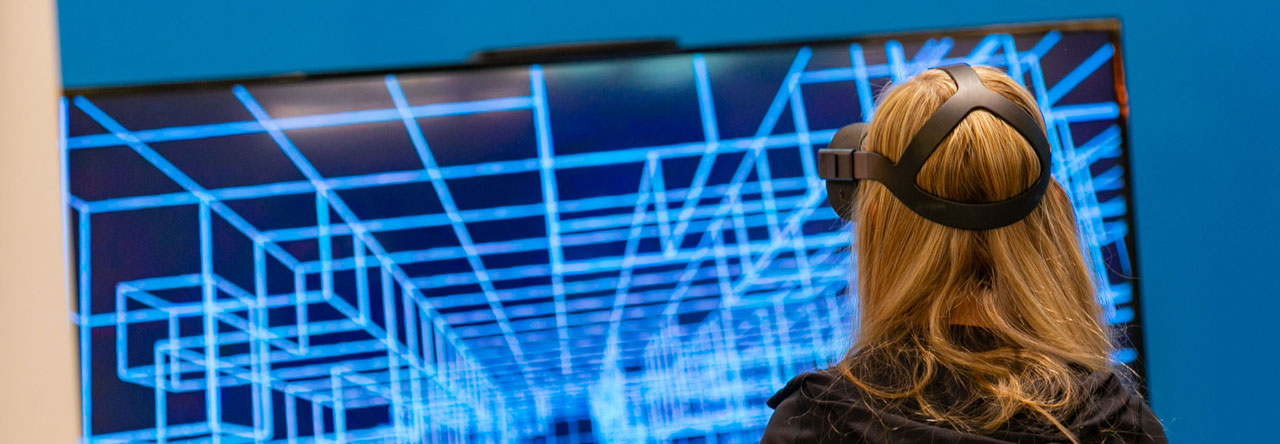By Erin Weeks
Deep in the basement of French Family Science Center, eleven chemistry 210 students are completing one of their last labs of the semester. Bob Marley plays from a speaker in the ceiling, and the students are huddled around their computer screens, watching lines plot on a rainbow-colored graph.
It looks like an average lab session—but believe it or not, the students are engaged in cutting-edge energy science.

The students worked with cobaloxime, shown here, and a variety of colored cobalt complexes in the lab (Courtesy Wikimedia).
While undergraduates can still expect to learn the techniques and concepts familiar to introductory chemistry classes everywhere, Duke’s chemistry department recently revamped the laboratory portion of CHEM 210, Modern Applications of Chemical Principles, with the help of a mini grant from Trinity College of Arts and Sciences. Now students learn through the lens of one of modern chemistry’s biggest challenges: energy.
Associate chair and professor Kathy Franz says the department wanted students to be able to tie their laboratory work to real-world chemistry problems—like converting sunlight into usable fuel.
“Researchers around the world are working on each step needed to close the loop of artificial photosynthesis and link it to fuel cell use,” the lab manual reads. “There are still basic chemical questions yet to be answered about that deceptively simple-looking equation” that describes photosynthesis.
Some of those top researchers, including Dan Nocera and his lab at Harvard, use cobalt-based catalysts in their efforts to streamline artificial photosynthesis—and now, so do chemistry students at Duke. The lab today tasks students with building their very own simple cobalt catalysts to perform half of the artificial photosynthesis equation.
Just like professional chemists, the students face technical frustrations and rewards. Lab manager Deborah McCarthy rushes around the room with a sharp eye, correcting missteps. One group forgot to add eosin Y, a reddish dye, to their solution. Another group fails to dissolve their cobalt complex in acetone, and yet another skimped on the NAD+. But on second and third tries, when everything goes right, the students’ rainbow graphs spike perfectly, signaling their success—they’ve produced NADH, a form of stored energy used in living cells.
















